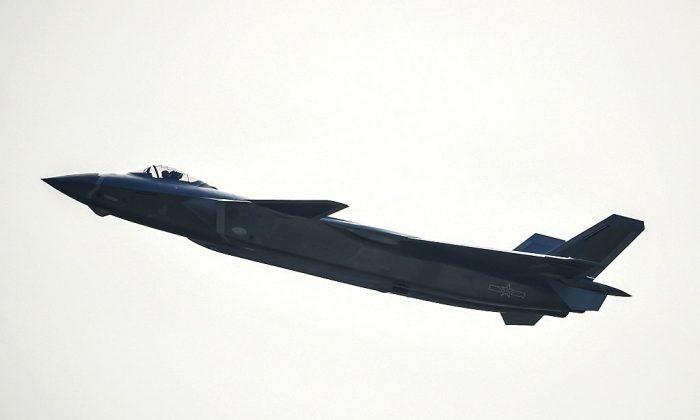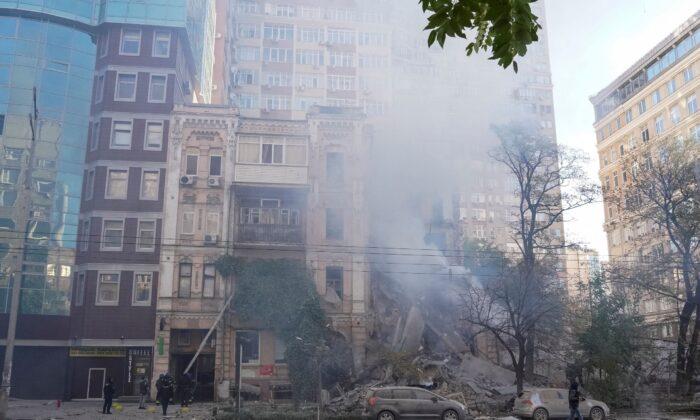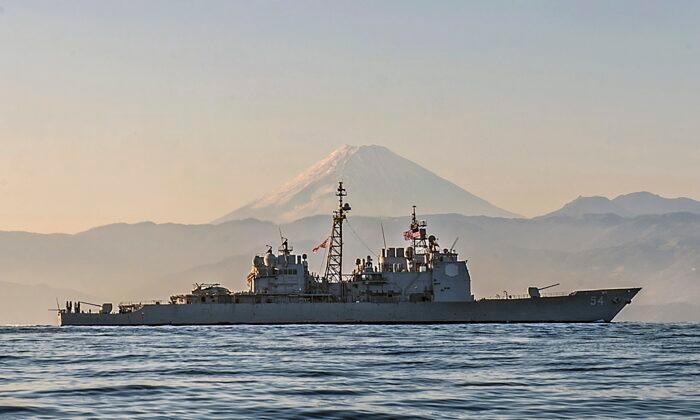Milley was talking about China’s test of a space-launched nuclear hypersonic glide vehicle, a fractional orbiting hypersonic bombardment system. But, in fact, it wasn’t a Sputnik moment, since Russia’s satellite didn’t pose any strategic or existential threat. What Milley should have said is that the Chinese test of a space-launched hypersonic glider was a “Cuban Missile Crisis” moment.
The Cuban Missile Crisis was an attempt by the Soviet Union to install on Cuba a nuclear strike capability of missiles and nuclear bombers. On Sept. 4, 1962, President John F. Kennedy warned the Russians about putting “offensive” weapons on Cuba.
But the deployment continued with additional missiles and warheads en route to Cuba, and launch sites on the island were made ready (some of them already operational). That led to the confrontation in October 1962, when the United States demanded the withdrawal of the missiles and warheads and put in place a quarantine of the island. Finally, the Russians agreed and pulled them back (the United States was secretly obliged to pull 100 Jupiter missiles and warheads from Turkey as part of the deal).
Fast forward to China today. China is in the midst of a major increase in its nuclear strike missile capability. China is aiming to have a stockpile of 1,000 nuclear weapons by 2030, which is still far below the United States (5,550 nuclear weapons) and Russia (6,255 weapons).
Even with its rapid nuclear expansion, Beijing remains far enough behind that Chinese strategists no doubt realize that if a major conflict occurred, China would be at a severe disadvantage and could suffer from a first strike from the United States or, for that matter, from Russia (which, in future, may not be so friendly with China).
China can’t depend on Russia, where the two countries are strengthening their defense relationships, in the case of a nuclear attack. That helps explain why China has been looking for fast ways to neutralize the U.S. nuclear threat by acquiring a novel kind of first-strike capability.
Unfortunately, the Nike system wasn’t capable either of reliably detecting or destroying a ballistic missile warhead. The Nike missile defense series was designed against Russian bombers, not missiles (which is one of the important reasons why, in the 1970s, most of the Nikes were decommissioned).
Had the United States not responded to the Soviet challenge, the nuclear balance would have changed decisively, because the missiles in Cuba would have given the United States very little warning time to respond to any attack by the USSR.
China’s Hypersonic Missile
A fractional orbiting hypersonic nuclear weapon offers China similar advantages for a number of cogent reasons. First, it shortens U.S. response times, perhaps dramatically, unless the United States can field new space-based sensors and orbiting satellite killers that can find and remove China’s space-based threats.Existing U.S. missile defenses (which are few and far between) probably can’t intercept hypersonic glide vehicles, and possibly can’t even detect them.
A second advantage for China is for it to have credible leverage over the United States, making it easier for China to pursue non-nuclear aggressive operations primarily in the Pacific. That means the “First Island Chain” and its crown jewel Taiwan, but beyond that, with China making an effort to push the United States’ forward-deployed forces back from Japan, Okinawa, and possibly even Guam.
China is looking to dominate Asia economically, politically, and militarily. A hypersonic weapon capability such as FOHBS demonstrates Chinese technological and military superiority, at least in the eyes of those nations bordering China, but also increasingly in U.S. defense circles, including the Defense Department.
The United States has been very slow in responding to the rise of China’s military power. U.S. force deployments have remained more or less the same, and few improvements have been made in firepower for U.S. ground, air, and naval forces.
At home, the United States seriously trails both Russia and China in developing and fielding hypersonic weapons, and isn’t known to be working on a space-launched hypersonic glider.
While the United States retains a strong nuclear deterrent, it urgently needs to address how to support and help much weaker U.S. allies who don’t have strong military capabilities. While the United States has helped Japan by F-35 sales and coproduction, it hasn’t done very much for Taiwan, which lacks stealth jets, submarines, or even a first-rate coastal defense capability. It appears there’s no urgent plan of any kind to build up pro-U.S. forces in the Pacific.
The Pentagon certainly knew about the tests, because all space events are carefully tracked and analyzed. And even with the confirmation of the revelations, the administration is silent about what to do about the new threat.
The lack of any U.S. administration policy and the Pentagon cover-up are reasons for profound concern, as is the lack of a coherent U.S.–China policy that can deter China.





